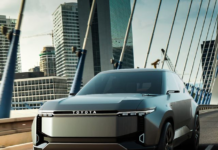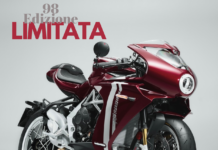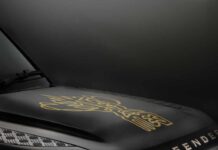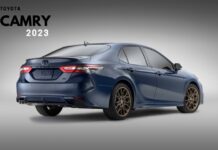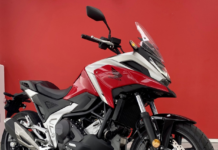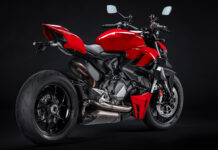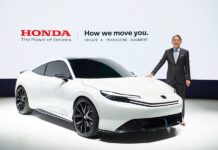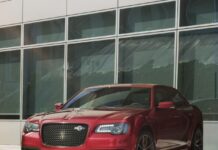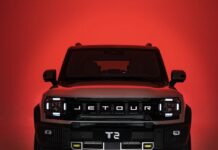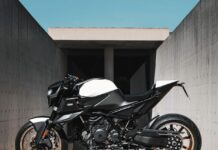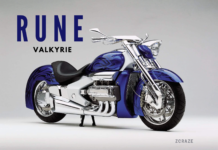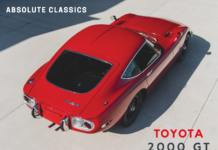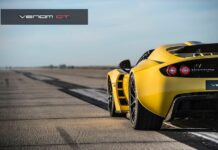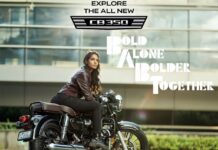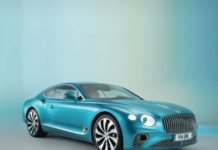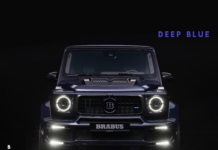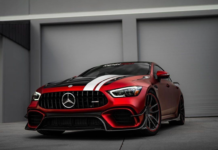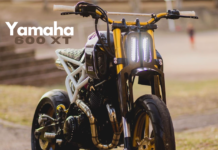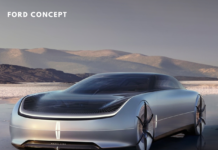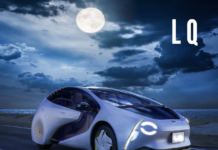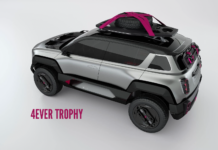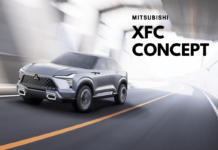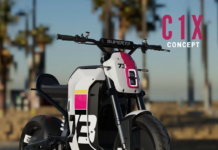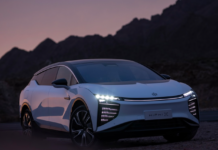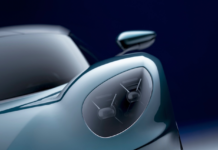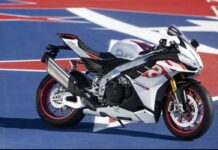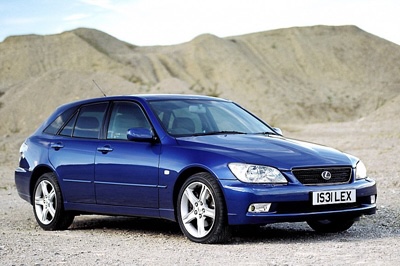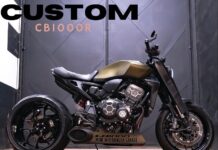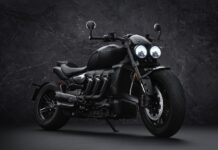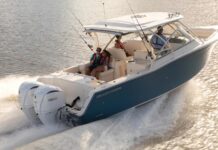Lexus manufactured IS300 SportCross from 2001 to 2005. SportCross was Lexus’s entry into sport-wagon segment, the hottest segment contested by BMW, Mercedes, Volvo and Audi. SportCross also marks the manufacturer’s shift towards younger buyers by focusing on buyer behavior.
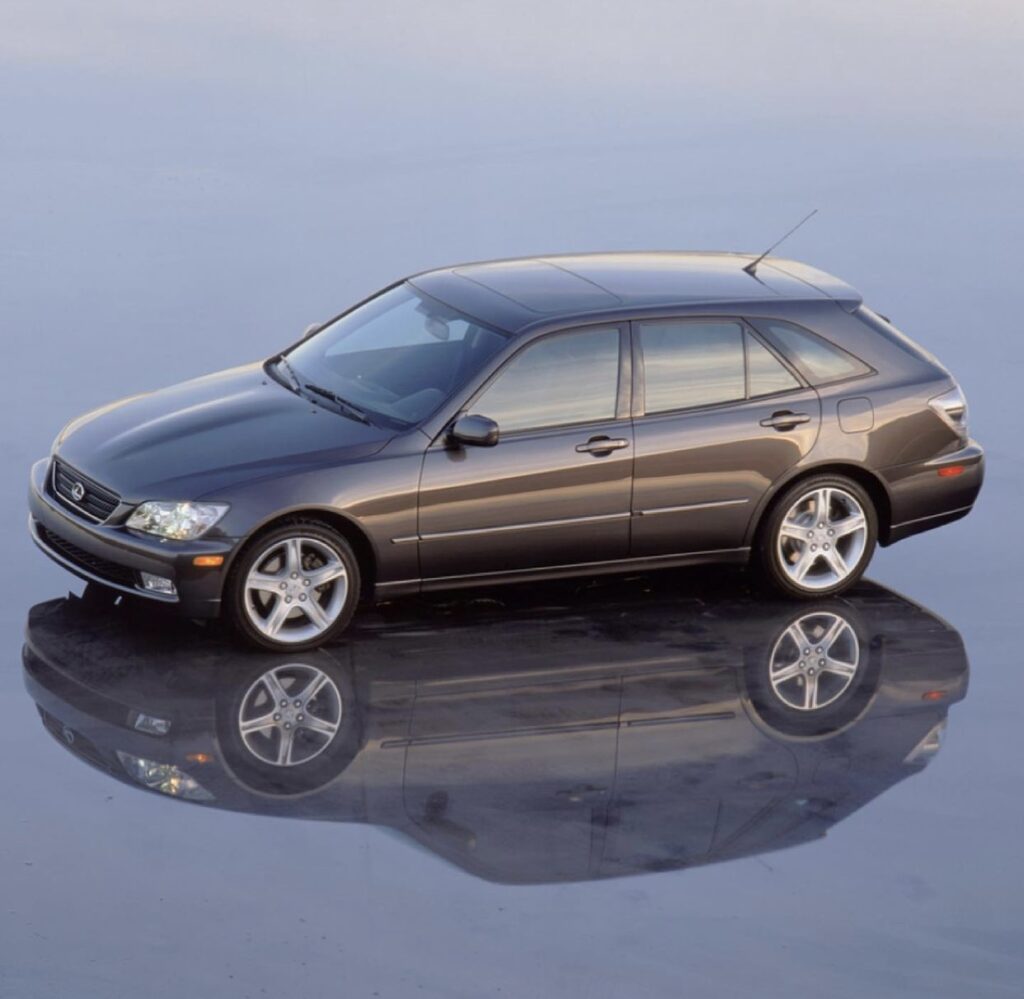
The Lexus IS300 SportCross and it’s sedan version was based on Lexus IS 200, one of the most popular compact luxury sports saloons in Europe. They build on the original philosophy behind the range which was created by Lexus engineer Mr Nobuaki Katayama, the Chief Engineer of the IS project. The IS300 improves on the strong points of the IS200; bigger engine, driving dynamics and torsional rigidity.
IS300 SportCross was powered by a 3.0 liter DOHC in-line six cylinder engine generating 215 hp and peak torque of 218 lb-ft. The 3.0 liter engine coupled with five speed automatic offered refined delivery of power and able to reach 100 Kmph in 7.2 seconds and tops out at 150 Mph. 218 lb-ft of torque is available from 2,000 rpm to the rev limit of 6,000 rpm, giving smooth linear acceleration through the gears and rapid throttle response for safe overtaking and maximum driver enjoyment.
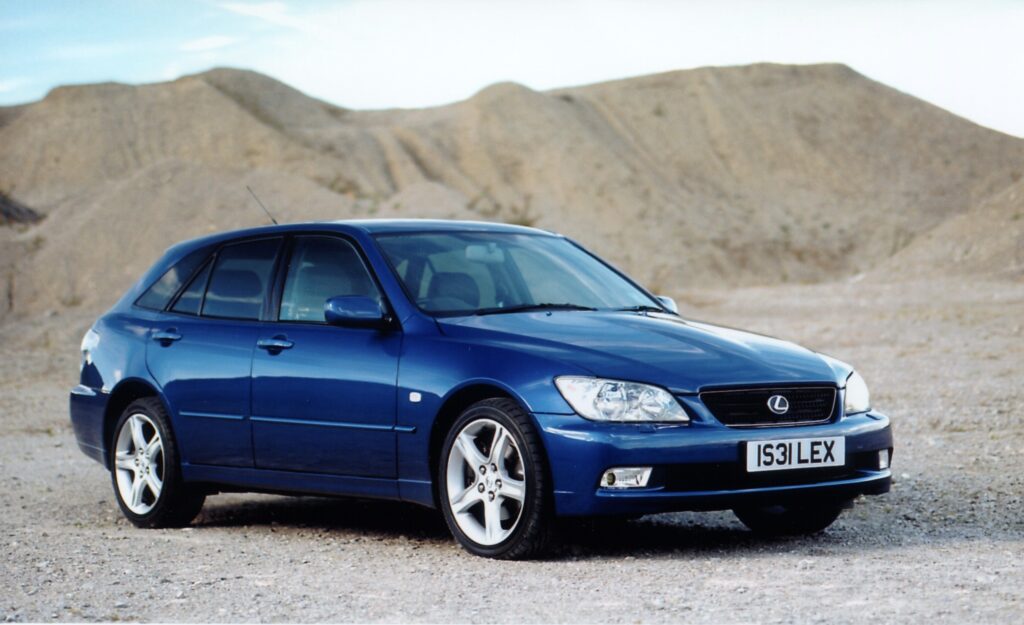
SportCross was equipped with E-shift, steering wheel-mounted, push button gearchange system and cruise control. While sharing the powertrain and front-end styling of the IS300 saloon, the SportCross pays careful attention to structural rigidity and weight distribution, including the use of an aluminium tailgate, to ensure that it handles as well as the best sports saloons.
The Lexus IS300 Sportcross shares the same platform as the IS200 and IS300 four-door sedans but with slightly increased length of 4505mm. Wheel base remains the same and similar front end styling with reprofiled front bumper exclusive for SportCross. It features Lexus grille with three horizontal bars flanked by angled headlamps, low slung spoiler and built-in yellow fog lamps.
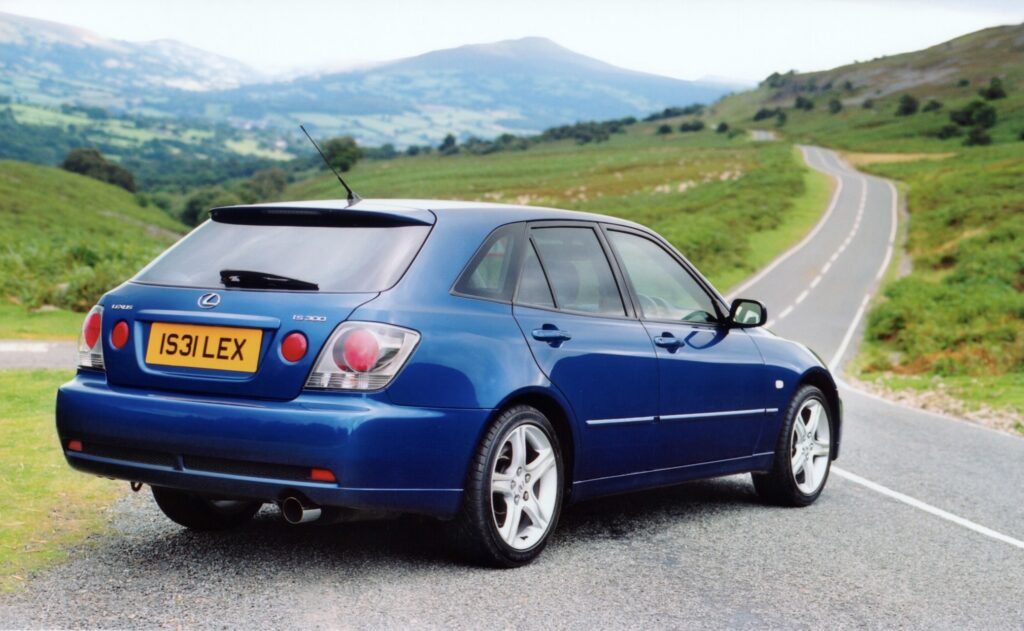
Lexus IS300 SportCross interior features three-spoke leather steering wheel, sport seats, chronograph-style speedometer and tachometer cluster and soft padded dash board. It also sports a fully-integrated on-board DVD-based navigation system and a seven-inch pop-up display fitted to the top of the centre console. Other notable features are remote central locking, electric windows, climate control, heated, electrically folding and electrochromic exterior mirrors, front and rear fog lamps, illuminated vanity mirrors and a passenger seat belt warning.
SportCross was equipped with a nine-speaker audio system integrated into the sweeping centre console and includes an in-dash six-disc CD changer. The SportCross could accommodate 340 litres of luggage and The rear seats are designed to fold in a 60/40 per cent split to further enhance flexibility. This allows up to three people to be carried while extending the length of the available load space to 1670mm. The front passenger seat back can also be folded forward, allowing it to be used as a table when parked and extending the available load length to 2600mm.
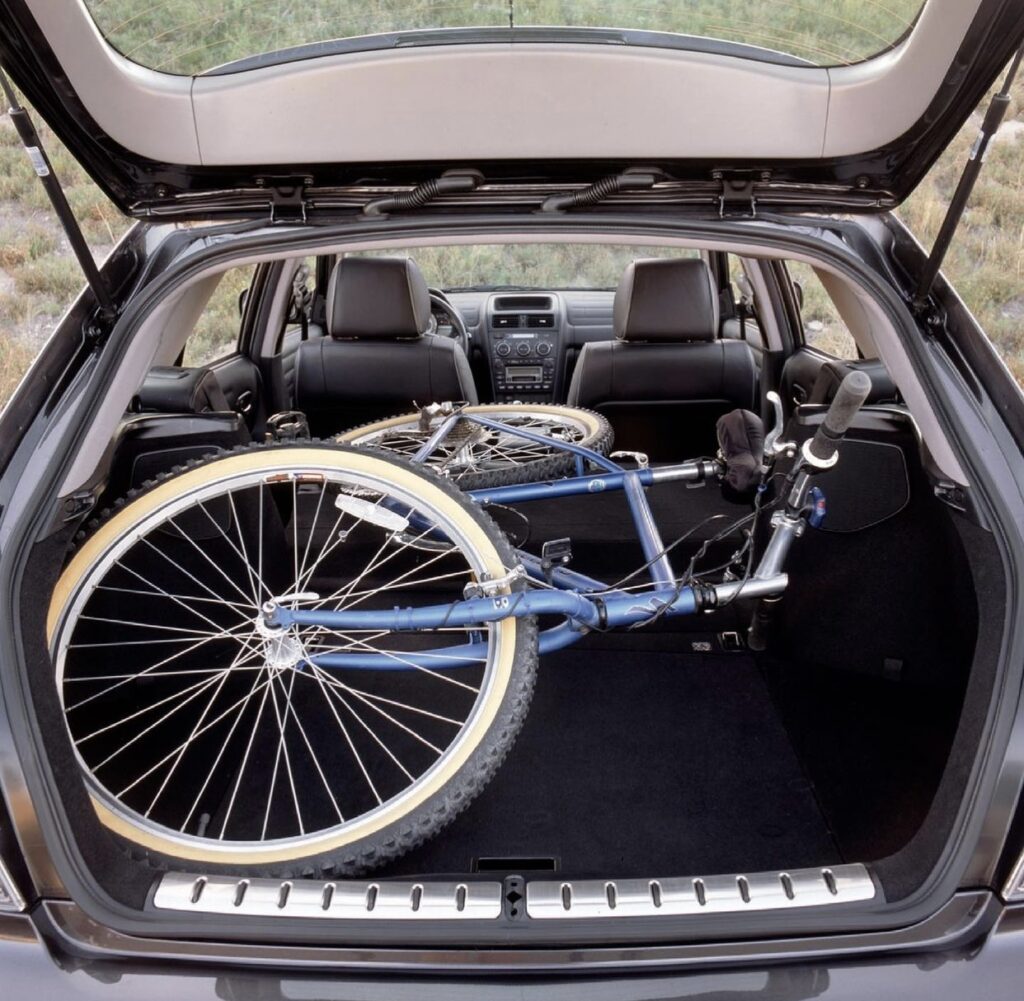
Lexus managed to sell only 4000 units of IS300 SportCross during it’s entire lifespan.
Specifications:
- Engine: 24 valve, DOHC, VVT-I, I6
- Displacement: 2,997cc
- Power: 211 hp @ 5,800 rpm
- Torque: 218 lb-ft @ 3,800 rpm
- Suspension: Double wishbone
- Brakes: Ventilated discs 296mm / Solid discs 307mm
- Wheels: 17″ Aluminium
- Tyres: 215/45 ZR17 / 225/45 ZR17


